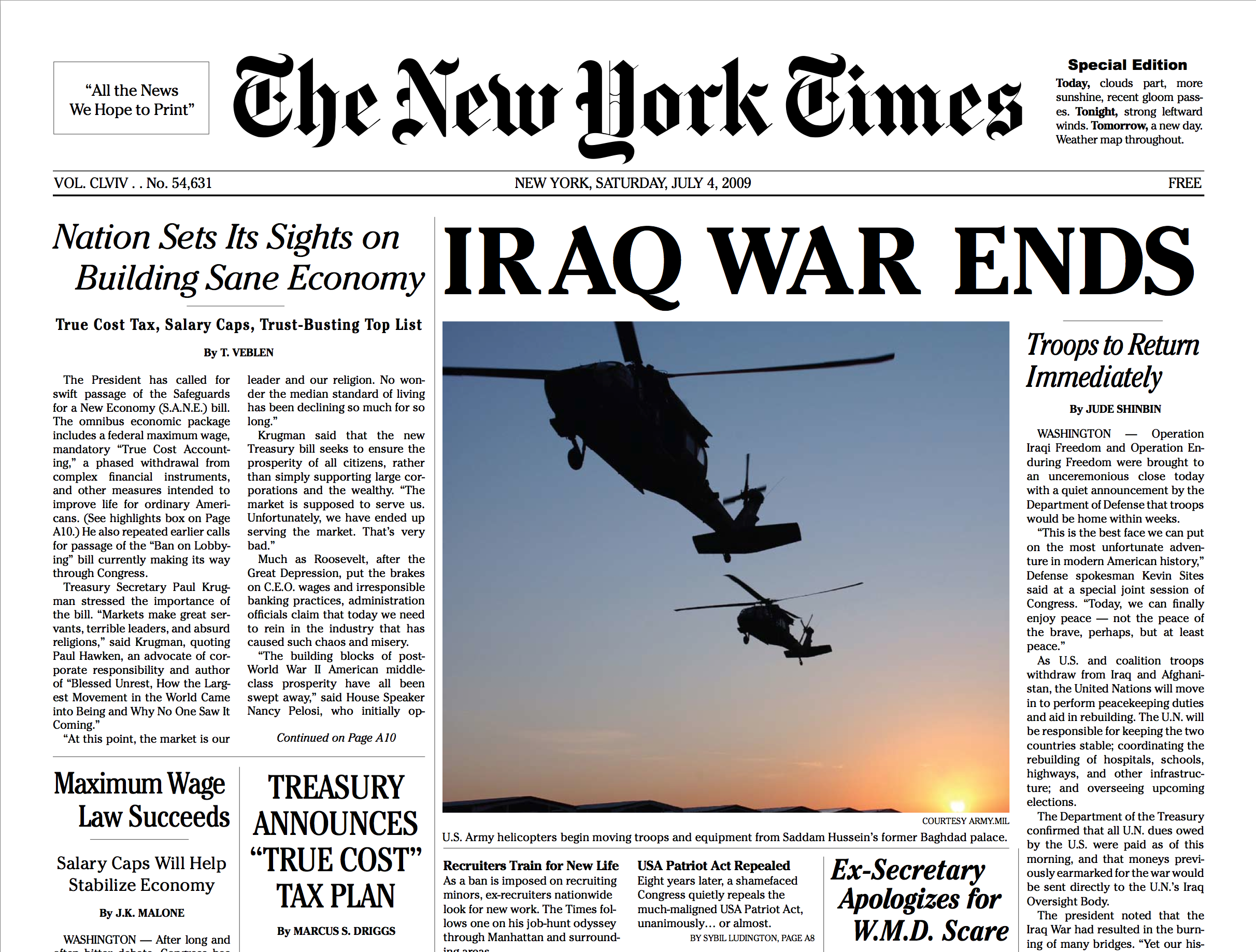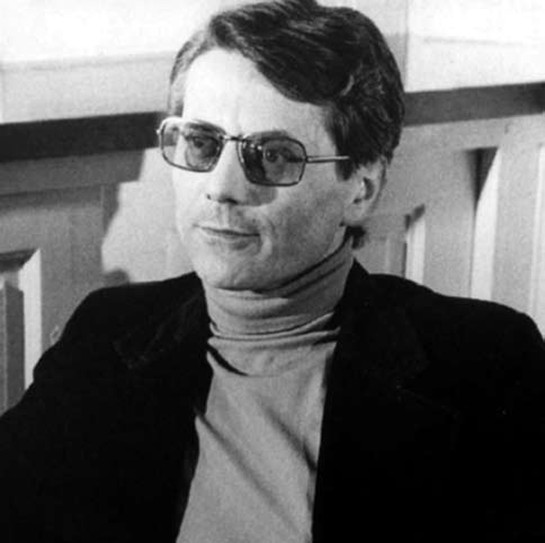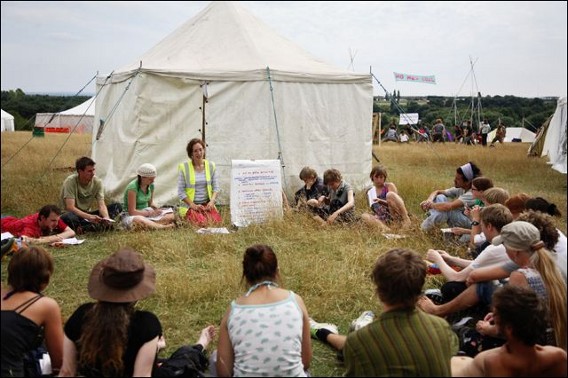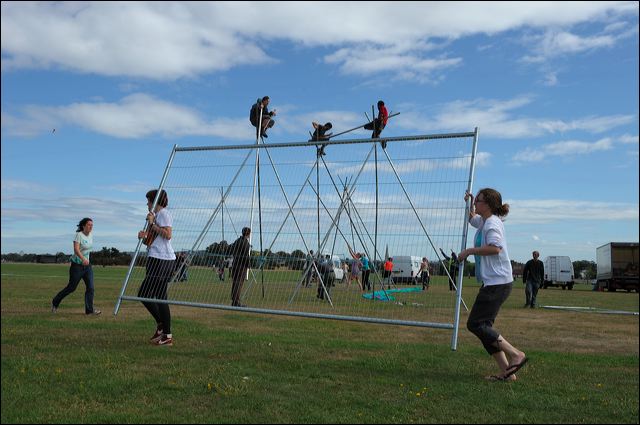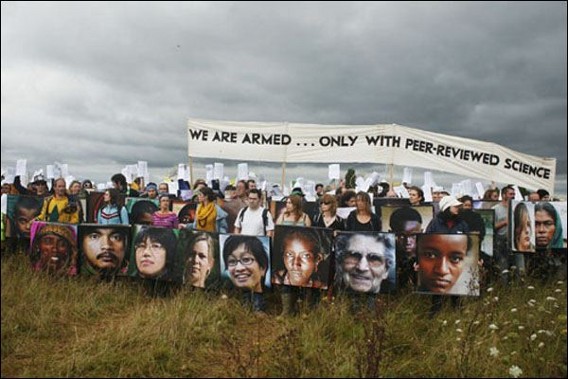This short text was co-written by David Garcia and Eric Kluitenberg at the occasion of the start of the Tactical Media Files Blog, which was launched a short while ago. The text repositions some ideas about the Tactical Media phenomenon and the relevance of the term today, as well as its inherent contradictions. We focus in particular on the aims of the Tactical Media Files as a documentation resource for the practices of tactical media, and the problems this inevitably invites.
———————–
Tracing the Ephemeral: Tactical Media and the Lure of the Archive
by David Garcia and Eric Kluitenberg
“Tactical Media emerged when the modest goals of media artists and media activists were transformed into a movement that challenged everyone to produce their own media in support of their own political struggles. This “new media” activism was based on the insight that the long-held distinction between the ‘street’ (reality) and the ‘media’ (representation) could no longer be upheld. On the contrary, the media had come to infuse all of society.
To challenge dominant (strategic) structures in society, it was necessary to
develop new (tactical) means of producing and distributing media. Not a
specialised task separate from the social movements, but a key activity
around which social movements could coalesce.” [1]
(From “About the Tactical Media Files“, October, 2008)
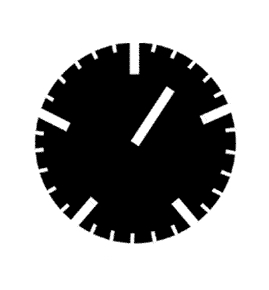 In 2003 media theorist McKenzie Wark wrote “Tactical media has been a productive rhetoric, stimulating a lot of interesting new work. But like all rhetorics, eventually its coherence will blur, its energy will dissipate. There’s a job to do to make sure that it leaves something behind, in the archive, embedded in institutions, for those who come after.” [2]
In 2003 media theorist McKenzie Wark wrote “Tactical media has been a productive rhetoric, stimulating a lot of interesting new work. But like all rhetorics, eventually its coherence will blur, its energy will dissipate. There’s a job to do to make sure that it leaves something behind, in the archive, embedded in institutions, for those who come after.” [2]
The Tactical Media Files, operating as a repository of “traces” of experience, knowledge and tactics goes some way to answering this call for “something to be left behind in the archive”.
But the archival must feed a living stream of practice. And so McKenzie Wark’s text requires some qualification, nearly two decades after its initial articulation the rhetorical energy of the tactical has not entirely “dissipated or blurred”. Though full of contradictions Tactical Media has remained strangely persistent. In part because it is more than a rhetoric it is above all a practice. In the era of WikiLeaks and the Arab Spring it is clear that rumours of its passing have been greatly exaggerated. The fusion of smart encryption, smart phone movies and social networks transmitting and receiving in real-time has redefined tactical media from “contingent and local” to being no less contingent but now, certainly global.
The opening sentence of The ABC of Tactical Media (1997) remains accurate “Tactical Media are what happens when the cheap ‘do it yourself’ media, made possible by the revolution in consumer electronics and expanded forms of distribution (from public access cable to the internet) are exploited by groups and individuals who feel aggrieved by or excluded from the wider culture“. Tactical media is literally “what happens”, it is factual, indexical, pragmatic, something that can be observed, an outcome of the way certain processes in society and culture connect to evolving technological infrastructures.
Tactical Media activities have the greatest impact when two apparently contradictory imperatives are, not so much resolved, as held in dynamic equilibrium. On the one hand there is the imperative to “engage the unbreakable link between representation and politics” (CAE) and on the other hand the recognition that the politics of representation “are badly adapted to an understanding of the increasingly infrastructural nature of communications in a world of digital media” (Matthew Fuller. Towards an Evil Media Studies). [3]
As for this Tactical Media Files – it is a documentation tool for these ephemeral and fleeting processes – it is not an anthropological undertaking, because it participates actively in what it documents. It is not a science, not an institution, but much more of a tool, an intervention, but one with more long-term aims. More practically we want to create something of a memory, however incomplete, of the practices of tactical media, knowing that these practices are always in a hurry to ‘move on’. .
Tactical Media has always existed in an uncomfortable space between a fluidity of practice that by its nature resisted or outright refused to be named, and the recognition of constantly being ‘saddled with designations’ by those who are uncomfortable with the unnamed (CAE). More than a desire this fluidity of practice has been recognised as a necessity to continue to be able to deploy a nomadic practice that can engage seemingly unalterable social and political practices, and avoid being captured or co-opted by the very forces that Tactical Media practitioners set out to critique and overcome.
CAE observe that “traces and residues are far less problematic than strategic products, which come to dominate the space in which they are placed“. ‘Monumental’ works are for them the ‘great territorialisers’, that refuse to even surrender space. For CAE they are the ‘great negaters of generative difference’, the ‘engines of alienated separation’ [4]. The operation of freezing living practice and everyday life in an authoritative archive embraces the monumental to impose its reading on history. It is the embodiment of strategic power and in every aspect the very anti-thesis of the ‘tactical operation’ and hence of Tactical Media. And yet we know from historical experiences that the monument can be appropriated to become a key-site for social struggle and transformative change.
Our ideal has been to be able to construct a ‘living archive for tactical media’, a task we have as yet not achieved and one we may never be able to fully live up to. With the notion of a ‘Living Archive’ we aim to create a model in which documentation of living cultural processes, archived materials, ephemera, and discursive practices are interwoven, drawing on the possibilities opened up by open source on-line database and content management systems, and digital audio and video technologies. Documenting the ephemera of Tactical Media thus becomes a dynamic open ended process that acts upon present and future events and is simultaneously acted upon and rewritten by these events and their outcomes. The Living Archive can never become an immutable repository creating a stable foundation for the ‘production of meaning, but instead acts as an active discursive principle emphasising the contingency of historical development.
Based on this ambitious and probably unattainable but nonetheless necessary theoretical starting point we accept that we can only move forward with small steps. We look upon the Tactical Media Files website as a inevitably incomplete documentation resource for tactical media world-wide, not a definite repository that crystallises or defines a field of practice. It was born out of the need to trace a rich interdisciplinary field of cultural and political practice that was fading fast amidst the violence of the ubiquitous real-time presence of the present and its destruction of (the possibility of) memory.
Creative imagination requires a degree of forgetting, but critical awareness equally requires a degree remembering. The Tactical Media Files has to navigate this precarious balance.
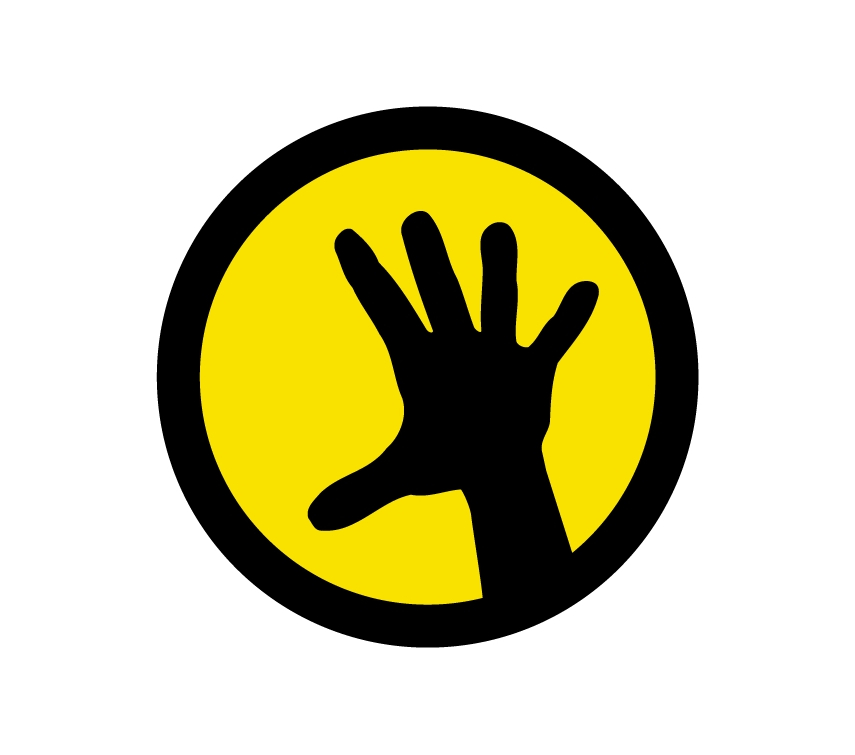
Modest steps towards an active engagement
We write this short text to mark the start of a new and rather unassuming extension to the Tactical Media Files, by starting up a Tactical Media Blog. This blog will allow us to trace and indicate more flexibly relevant activity that connects to the sensibilities of tactical media’s evolving practices. The blog is also an appropriate space for commentary and personal observation, and perhaps for discussion.
The distinctive triangulation of hacker culture, experimental art and radical politics, and its manifestation in the streets, remains the essential circuitry from which tactical media draws its energy. The fact that “new media” are not new any more is precisely the point. Clay Shirkey was correct in pointing out that ‘Communication tools don’t get socially interesting until they get technologically boring.’ The real political opportunities inherent in DIY media politics arise precisely at the moment that they appear most banal to those always anxious to move on to the next big thing.
The question remains how and where to construct a space for dialogue and social interaction, a dimension that a living archive would certainly require. As much as we believe that the distinction between the street and representation can no longer be upheld, we also do not believe that the ‘social’ can emerge through the purely disembodied and mediated encounter in electronic circuitry – we need physical interaction.
Scale and infrastructures
We have to tread carefully in order to be able to move in the direction of the living archive – we can organise smaller scale meetings and appropriate temporarily, in a continuous nomadic movement, existing infrastructures, but the real challenge is to build a sustainable infrastructure for the ephemeral.
One thing that has been learned is the importance of scale, of reaching beyond the safety of true believers. WikiLeaks has demonstrated the power of operating globally, and engaging uncompromisingly with mainstream media, reshaping their practices by beating them at their own game. But these gestures remain tactical in that they are temporary, nomadic and ultimately fleeting.
Felix Stalder has accurately described some of the inherent contradictions of the Tactical Media concept, pointing out that “providing infrastructure for projects is a long-term rather than a tactical task that quickly overburdens loose networks.” [5] We must be aware that in tracing the ephemera of tactical media practices we can never beat the ‘monumental’ archive at its own game, nor should we want to do so. It is necessary to develop a sustainable space rather than a monumental one. And this we would argue is our task, to build a strategically sustainable infrastructure in order to remain tactical….
References:
1 – About the Tactical Media Files:
www.tacticalmediafiles.net/article.jsp?objectnumber=38519&pagetype=about
2 – McKenzie Wark, Strategies for Tactical Media (2003)
www.tacticalmediafiles.net/article.jsp?objectnumber=46245
3 – Towards an Evil Media Studies
(for The Spam Book, Jussi Parikka and Tony Sampson eds.,
forthcoming, Hampton Press, New Jersey)
Matthew Fuller, Andrew Goffey
www.spc.org/fuller/texts/towardsevil/
4 – Critical Art Ensemble, Digital Resistance (2001)
www.critical-art.net/books/digital/
5 – Felix Stalder, 30 Years of Tactical Media (2009)
www.tacticalmediafiles.net/article.jsp?objectnumber=42801
